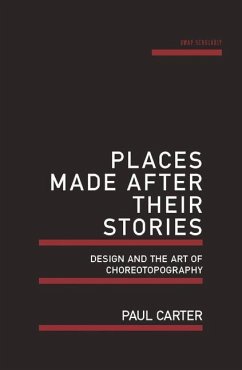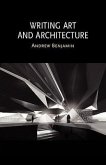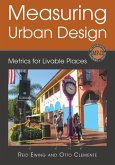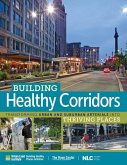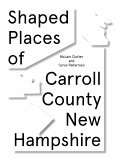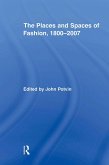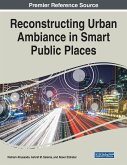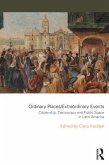"How is emotional meaning found in places? How can creating new urban spaces be a vehicle for less adversarial forms of political coexistence, new customs of social innovation? Places Made After Their Stories shows how the emotional geographies we carry inside us and the ecstatic desire at the heart of democratic community-making can come together to inform contemporary landscape and urban design. Using case studies of public space design from Alice Springs to Perth and Melbourne, in which the author forged for himself the novel role of designer-dramaturg, Carter describes a new approach to place-making in which topography and choreography fuse. He counters the symbolic neglect of functionalist design with a brilliant account of poetic and graphic techniques developed to materialize ambience. Bringing together and further transforming insights from such earlier publications as Material Thinking (2004) and Meeting Place (2013), Carter describes a practice of sense-making and form-making that embodies fundamental gestures of welcome, arrangement and exchange in the built setting. This is a book of characteristic eloquence, generously gathering philosophical and poetic evidence to illuminate a new way of place-making. It will be a practical vade mecum for artists wanting to work in the public realm and a key reference for planning authorities, governments and communities keen to reconnect place making to human creativity and affect"--Provided by publisher.
Hinweis: Dieser Artikel kann nur an eine deutsche Lieferadresse ausgeliefert werden.
Hinweis: Dieser Artikel kann nur an eine deutsche Lieferadresse ausgeliefert werden.

